In December 2015, Donald Trump claimed parts of the French capital were no-go zones for the police. ‘Paris is no longer the same city it was,’ said the then-Republican presidential hopeful. ‘They have sections in Paris that are radicalised… The police refuse to go in there.’ His remarks echoed a similar claim made by Fox News earlier in the year. In response the mayor of the city, Anne Hidalgo, was outraged, and even muttered about pursuing legal action for the ‘honour of Paris’.
Trump was wrong. There aren’t any no-go zones in France for the police. There are, however, a growing number of zones that the police enter knowing their chances of emerging unscathed are slight. In the parlance of politicians and the press, these districts are described as sensible (sensitive) or défavorisé (disadvantaged), and last year the government launched an ‘urban reconquest’ of sixty of the most troublesome with the deployment of foot patrols by police.
The police wear body armour because the men who control these sensitive zones – to the misery of the majority of law-abiding inhabitants – are at war with the Republic and anyone in uniform is regarded as an enemy. Even off-duty policemen are at risk, as with the case in Grenoble last year when a dozen off-duty officers returning from a night out were ambushed and beaten by forty hooded young men from a nearby estate. The same city witnessed three nights of rioting in March after the deaths of two youths in a car chase. The guerrilla warfare was in evidence over the summer in Paris when a fire crew was lured to a blaze south of Paris and attacked by a 30-strong mob. But it isn’t just confined to the big cities. In Quimper, Brittany, dozens of youths ran riot on Tuesday evening, burning cars and attacking police officers and firefighters after one of their number was arrested for riding a motorbike without a helmet.
None of this is new to France. In 2013 Patrice Beunard, the president of the fire and ambulance union, warned after an attack on two firefighters in Toulouse that government action was urgently required because the number of assaults was becoming intolerable. ‘I have the impression that it’s the uniform which annoys these people,’ said Beunard. ‘For them a uniform represents authority and because they don’t want to respect authority they attack it.’
In January 2017 the historian Georges Bensoussan published Une France Soumise (a submissive France), which followed-up a book he’d edited 15 years earlier, called Les Territoires perdus de la Republique (the Republic’s lost territories). In the sequel, Bensoussan interviewed social workers, teachers, nurses and members of the emergency services who described how a parallel society has taken root in France.
A policeman called Camille said there were indeed inner-city housing estates where firefighters and ambulance refuse to go. The police brave them, but only in company strength, and even then they’ll usually meet a barrage of something, be it stones or abuse. Speaking in 2016, Camille noted that the hostility had strengthened since the murder of the Charlie Hebdo cartoonists the previous year. ‘This is only the start,’ one youth had shouted at Camille’s unit. ‘You’ll see… in a few years, Allah will be in power.’
The violence is worsening. Figures released last month by the government revealed that in the first seven months of 2019 there had been 23,000 assaults against security forces, firefighters and ambulance crews, a 15 per cent rise from the same period in 2018. Overall, the number of violent assaults against the emergency services has rocketed by 60 per cent in the last twenty years.
The ‘yellow vest’ movement has contributed to the sharp rise in 2019. The street protest that began last November at the planned introduction of a fuel tax was subsequently hijacked by far-left extremists who enjoy nothing more than attacking the police. Over several weeks there were numerous ugly clashes between demonstrators and the CRS, the riot police, with the latter guilty on a number of occasions of wounding innocent bystanders with the indiscriminate use of weapons that have been banned by most EU countries.
The enmity between the police and the left in France stretches back to the second world war. The CRS was formed in December 1944 as an elite unit to safeguard the Republic amid fears of a Communist insurrection. Four years later they shot dead several striking miners and in 1962 they were similarly lethal in quelling a protest in Paris against the Algerian war of independence. In May 1968 they were on the frontline of the street fighting with the student revolutionaries.
In Islamic extremists, the far-left now have an ally in their conflict with the police. Several policemen and women have been murdered by Jihadists in recent years, including the Muslim officer who was the first to arrive at the offices of Charlie Hebdo, and the couple who were butchered in their own home in front of their three-year-old son.
Such acts, of which footage is often uploaded onto the internet, are a contributory factor to the mounting violence against the emergency services. ‘The radicalisation of behaviour has today reduced part of the population to savagery,’ said Patrice Ribeiro, secretary general of the police union Synergie-Officiers. ‘There is no longer any respect for authority and the sense of impunity has increased.’
One of the most notorious incidents of the ‘yellow vest’ protest was in January when a former professional boxer, Christophe Dettinger, was filmed throwing a flurry of punches at police. A crowdfunding website was launched to raise money for his legal costs and within two days €145,000 had been donated.
The majority of French people are supportive of the police but less so of Emmanuel Macron’s government, whose resolve in quashing ‘yellow vest’ violence is in marked contrast to their reluctance to restore Republican law and order to the wild west of some inner cities. Not that their timidity is any different to previous governments, all of whom have been terrified of provoking a repeat of the three-week-long nationwide riots of 2005.
The problem is that politicians don’t live on these estates and therefore have no idea of the true extent of the anarchy. They can read about it in newspapers but that’s not the same as experiencing it first-hand. The political class live in suburbs that conform to the Republican idyll of vivre-ensemble (living together), as I do in the south of Paris. Life is so peaceful here that this summer the local council recruited a trio of ‘mediators’ to take the place of the police. The task of the three personable men wearing blue polo shirts and broad smiles was to maintain, as the council newsletter put it, ‘public tranquillity’. I saw them a lot in my local park; they didn’t seem to do much except wave to people and encourage the teenagers playing football.
This is La Belle France, the France of civility, decorum and respect. If only it were true nationwide then Trump would have no cause to tweet.
Got something to add? Join the discussion and comment below.
Get 10 issues for just $10
Subscribe to The Spectator Australia today for the next 10 magazine issues, plus full online access, for just $10.


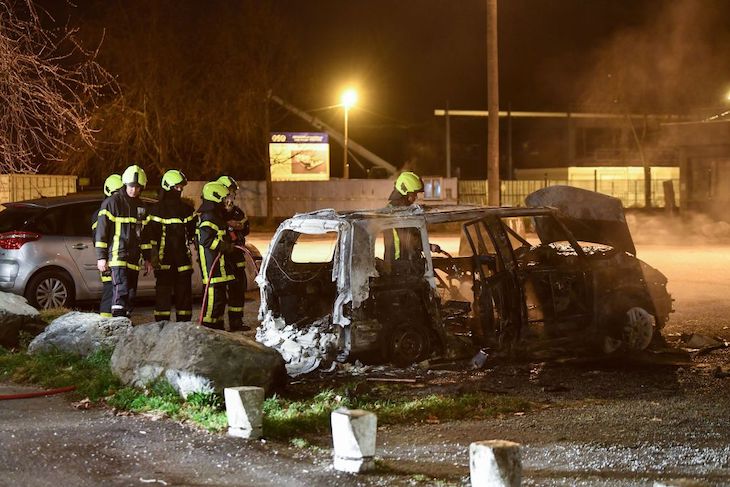

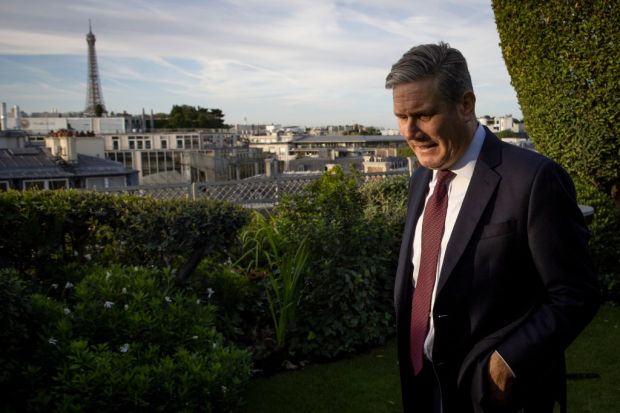
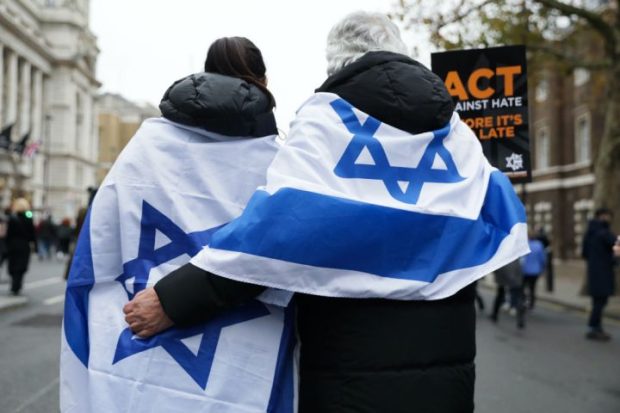
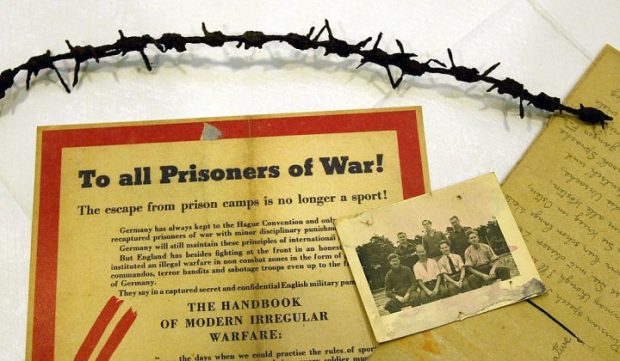
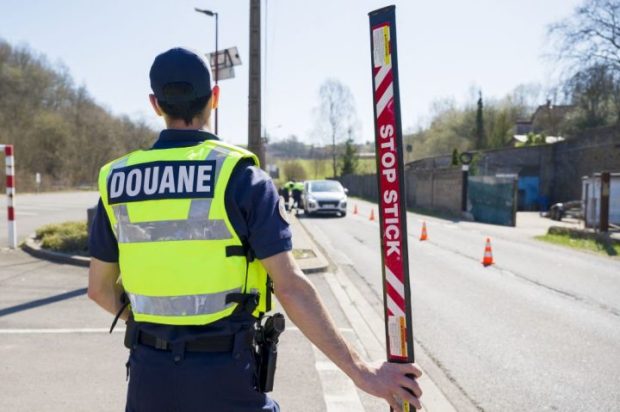
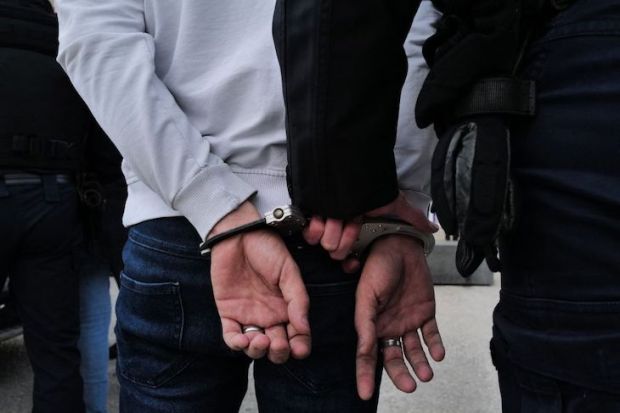












Comments
Don't miss out
Join the conversation with other Spectator Australia readers. Subscribe to leave a comment.
SUBSCRIBEAlready a subscriber? Log in